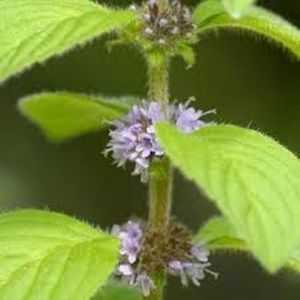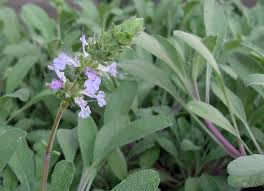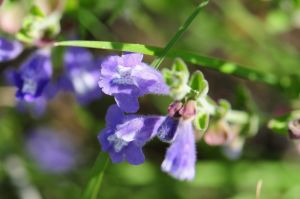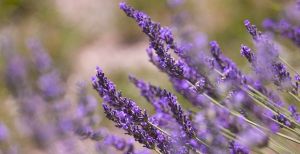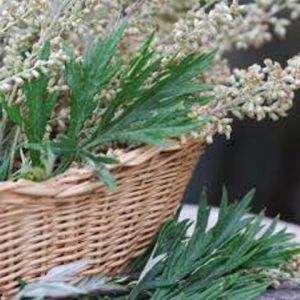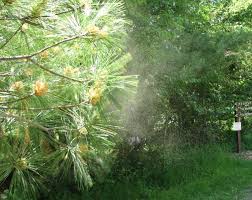_______________________________________________________________________________________________________________________
_________________________________________________________________________________________________________________
Meet the Mints!
The Mint family has many relatives, with over 3,500 species, and is probably the most beloved of the plant families! Most of you will be familiar with many of these plants: sage, rosemary, thyme, basil, and peppermint, to name a few of the culinary plants used regularly. There are many others, such as lavender, lemon balm, hyssop, and more.
THE MOST DOMINANT CHARACTERISTICS OF THE MINT FAMILY:
- Square (four-sided) stems. There are a few exceptions (loosestrife, verbena, and nettle), which are not members of the mint family but have square stems.
- They have an intensely aromatic aroma due to their high volatile oil content, particularly menthol.
- Pairs of opposite leaves - the leaves get smaller toward the top of the stem.
- Tiny irregular flowers with five joined petals.
- Flowers are arranged in whorls. Flowers clustered at the base of the leaves or the end of the spikes. (see wildflower mint on the right)
Many herbs of the Mint family are aromatic, a characteristic of having a pleasant or distinctive odour or scent. All aromatic plants have volatile oils that imply those oils are unstable. If you brush up against them or crush a leaf, the volatile oils will vaporize into the air. Not surprisingly, culinary herbs often contain volatile oils.
When used medicinally, volatile oils are stronger in flavour, stimulating, and warming, causing the body to open up and sweat. This action comes in handy when you want to raise a mild fever a little higher to cook the microorganisms responsible for the infection. This sweating action seems to be most helpful at the onset of a cold. Just a word to the wise: sweating can be harmful if there is already a high fever and, therefore, is not to be used in this case.
As these volatile oils heat the body, they have a decongestant effect that makes your nose run, especially after a spicy meal! This warming action also opens up the blood vessels, which allows blood to flow freely. This is helpful in cases of delayed menstruation.
As the warming action of the volatile oils heats the body, it will produce sweat, which then cools the body by carrying away the heat as sweat. It seems nature has it right by growing warming herbs in hot climates to cool the body.
Volatile oils work similarly to bitters when it comes to dispelling gas. They stimulate the salivary, stomach, and intestinal glands to improve digestion and directly interact with and break down digestive gas.
Many Mint family herbs have volatile oils used to kill or expel worms and the microorganisms that cause infections. These volatile oils are often mildly sedative and can calm the nerves and relax smooth muscles to ease cramps and spasms.
The MINT family, because they contain VOLATILE OILS oils, are good for:
1. Antimicrobial (kills microorganisms)
2. Digestive - dispels gas
3. Calming and mildly sedative
4. Warms the body to bring on a sweat - diaphoretic action
NOTE: Before using any herb, please do your homework. Some herbs are not safe for pregnant women, young children, or the elderly.
____________________________________________________________________________________________
The flowers of Skullcap look like little sleeping hats. This plant is excellent for slowing a 'swirling out of control' mind down.
_________________________________________________________________________________________________________________
To learn more about plants-
Disclaimer: The information, including but not limited to text, graphics, images, and other material on this website, is for informational purposes only. It is not a substitute for professional medical advice, diagnosis, or treatment. Always seek the advice of your physician or other qualified healthcare provider with any questions you may have regarding a medical condition or treatment before undertaking a new healthcare regimen.
All content in this article is for informational purposes only. The owner of these written materials makes no claims about the accuracy or completeness of any information, including any links. The owner will not be liable for any errors or omissions in this information. The owner will not be liable for any losses, injuries, or damages from using this information.



